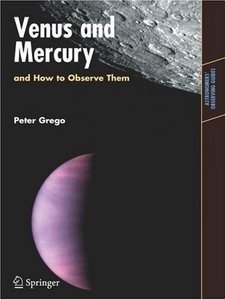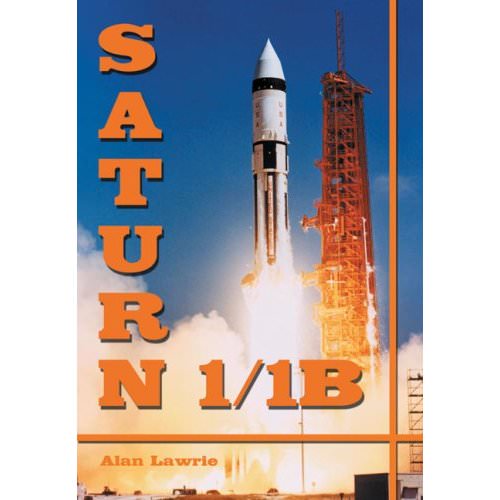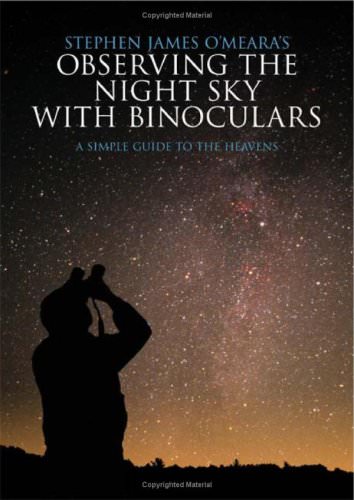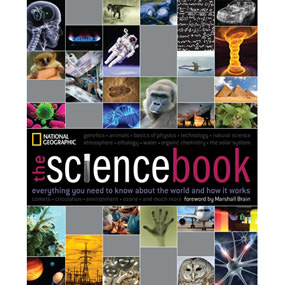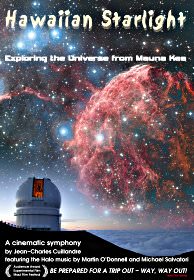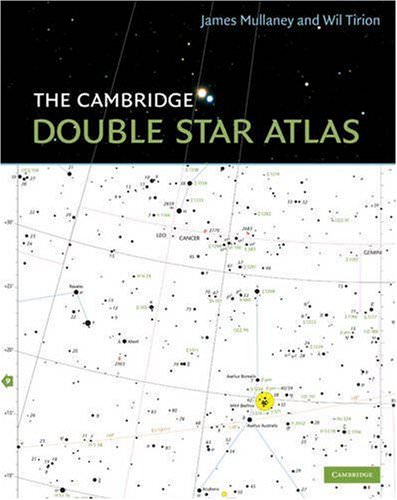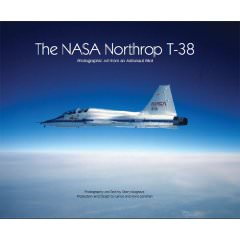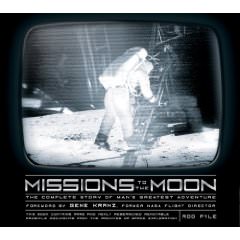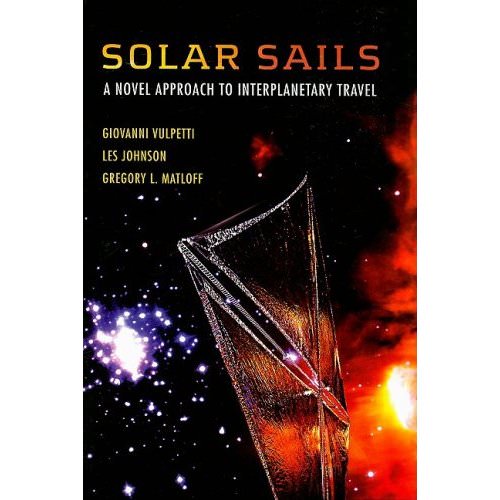[/caption]
Fear remained in the air even after the great global conflict of World War II ended. This arose because, rather than ushering in peace, the cessation of hostilities brought a new fear, the cold war. The History Channel’s 2 DVD set entitled, “Sputnik Mania” shows just how fear permeated throughout the society of the United States and its impact upon the new technological field of rocketry. Whether being rational or even real, fear is shown to be significant catalyst to our journey to the stars.
Sputnik was an unqualified though somewhat unexpected propaganda success. With the orbiting of this small satellite, as it went beep-beep across the skies, the Soviet Union could claim that they had exceeded the capability of the United States. Further, by exploding a test H-bomb at about the same time, the Soviet Union gave the impression that they could create a nuclear holocaust anywhere in the world. With this as a backdrop, the US population reacted via building bomb shelters, fielding flotillas of massive bombers and belatedly launching their own satellite.
In exploring the apparent mass affliction of fear that seemed to permeate those times, the History Channel dips deeply into many rolls of vintage film footage. Most clips have a recognizable content, though perhaps from a different view. For example, there’s John Glenn talking about visiting the moon, yet it was 4 years before he joined the astronaut corps. Then there’s Sergei Korolev watching one of his R7 rockets roar into space. These provide a technical background, but other clips demonstrate the emotions. Lyndon Johnson is shown as a critic of a weak administration while Dwight Eisenhower is shown as an experienced general with a great dislike for an unwarranted arms race. Intermingled throughout are discussions about using the work of Wernher von Braun, an ex-German military member and concerns about the race riots of Little Rock. Sprinkled throughout are shots of H-bomb tests, huge bombers, and bomb shelters. From this, the film competently shows the effect of fear, propaganda and technology in shaping the political course of the day.
This film’s collection of vintage footage is admirable in its own right. But, it’s also a fascinating perspective of a nation’s anxiety during the years 1957 and 1958. Interesting interviews by luminaries such as Susan Eisenhower and Sergei Khrushchev add a more reflective and personal view of the events. The clip of concerned citizens praying for the life of the dog Laika depicts another aspect of society’s concerns. Yet, the film’s main thrust shows how the two most politically powerful states turned a fear of world destruction into a possibility. In this, it admirably succeeds and leaves the viewer with many questions about political policy, virtues of society and the merits of technical progress. From this perspective, the History Channel has crafted an intriguing, if somewhat selective, view of a nation’s mood while it stood at a crossroads.
Not so long ago, we thought that all objects of the universe revolved around Earth. In a very short time, we’ve learned that the Earth is not nearly so unique, but does uniquely keep us alive. Rockets and satellites paved the way for this knowledge and they also paved the way for people to easily destroy each other. This fear, as well replayed in the History Channel’s DVD entitled “Sputnik Mania” shows what might have driven us to such an extreme. And it reminds of where we may end up without due diligence.


